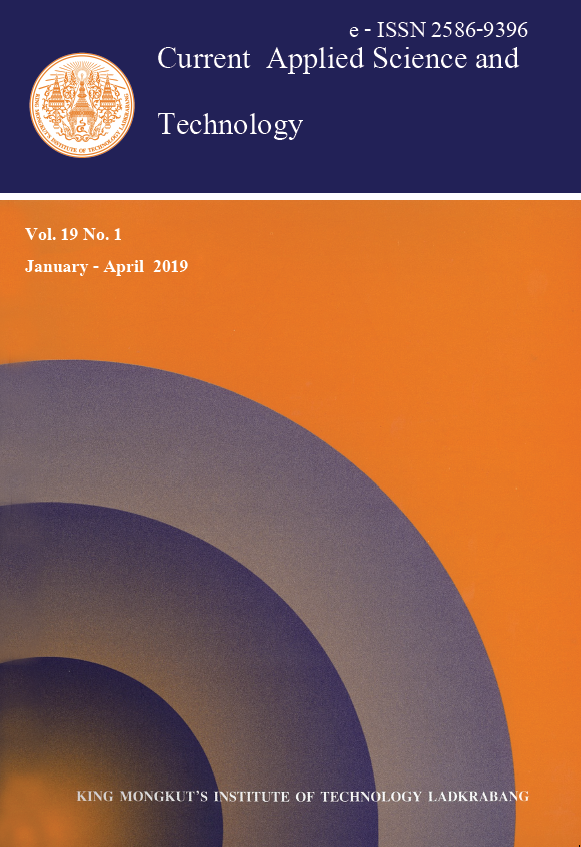Biochars have been successfully synthesized from Cattail leave (CL) via hydrothermal and carbonization process. The experimental work described has focused on physical properties of biochars produced from Cattail leaves at 160, 180 and 200°C for 8, 12 and 24 h for hydrothermal and substituted to carbonization at 700°C for 2 h. The influences of hydrothermal and carbonization on the pore structure, surface functional groups and the product yield was also investigated by characterization using Scanning Electron Microscope (SEM) and Fourier Transform Infrared Spectroscopy, respectively. Although the morphologies of cell structures were maintained in the hydrothermal and carbonization, it was found that the yield of produced biochar was decreased with increase of the hydrothermal temperature and time. The images from SEM showed that the pore structures are quite roughness on their external surface of biochar and the functional group of their surface area has most of pure carbon content (59-65 wt%).
Keywords: Cattail leaves; Carbonization; Hydrothermal; Biochar
Corresponding author: E-mail: apiluck.ei@kmitl.ac.th
Smuthkochorn, A. undefined. ., Katunyoo, N. ., Kaewtrakulchai, N. ., Atong, D. ., Soongprasit, K. ., Fuji, M. ., & Eiad-ua*, A. . (2019). Influence of Hydrothermal-carbonization Process on Biochar Properties from Cattail Weed Waste. CURRENT APPLIED SCIENCE AND TECHNOLOGY, 9-17.
